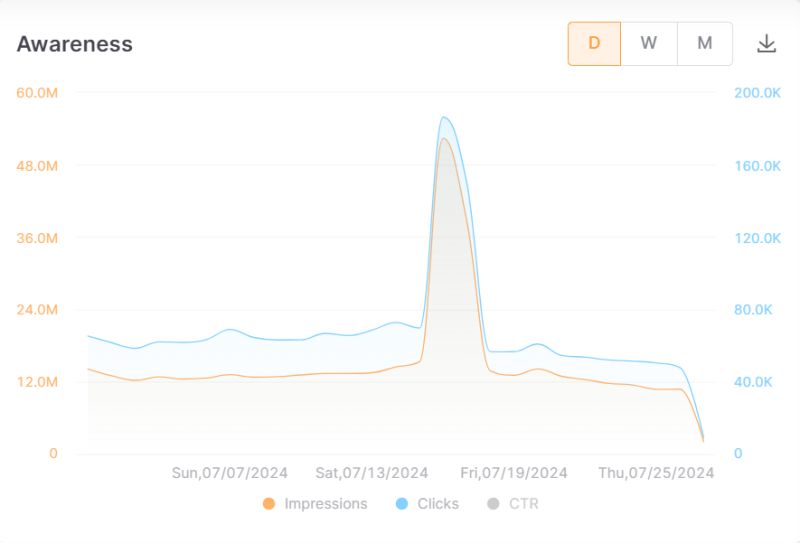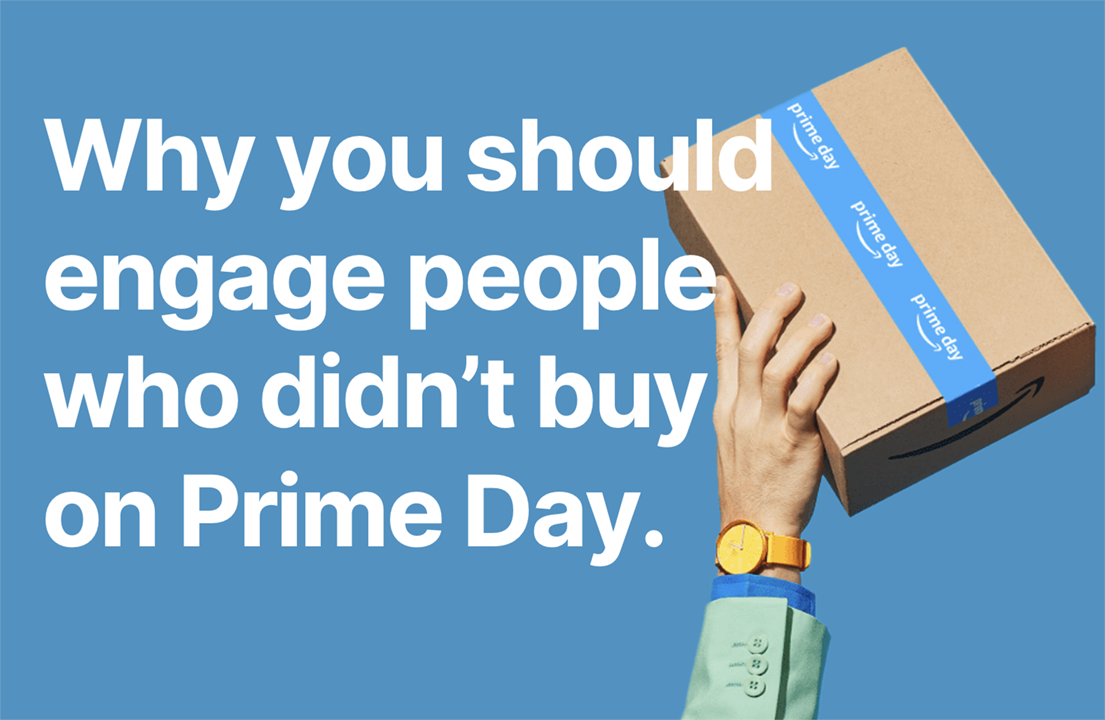The days following Prime Day, present a unique opportunity for brands. Often overlooked, the Post Prime Day Lead Out Period (PPDLOP) is a critical time to re-engage customers who were interested in products but did not make a purchase. This group, which Jacob Snelson, our Chief Media Officer refers to as the ‘non-buyers remorse audience,’ represents a valuable pool of potential buyers who may now be experiencing regret over missed deals. He emphasizes the importance of targeting this audience and provides a strategic roadmap for doing so.

Understanding the ‘Non-Buyers Remorse Audience’
During major sales events like Prime Day, many consumers browse deals with the intent to purchase but may hesitate or get distracted. These consumers are often left feeling remorseful for missing out on deals they were interested in. This sentiment creates a unique opportunity for brands to re-engage these ‘warm leads’—customers who have shown interest but have not yet converted.
“I like to call this group the ‘non-buyers remorse audience’, the people who wanted your deal but didn’t buy it and now potentially regret it.” – Jacob Snelson, Chief Media Officer
Strategies for Engaging Non-Buyers Post-Prime Day
To capitalize on this audience, brands should consider several strategies:1. Leverage Amazon Marketing Cloud for Audience Insights
The first step in engaging the non-buyers remorse audience is to understand its size and characteristics. Amazon Marketing Cloud offers powerful tools to analyze customer behavior and identify those who interacted with your brand during Prime Day but did not make a purchase. By using this data, brands can create detailed profiles of these potential customers, including their interests, demographics, and purchasing behaviors.2. Create Retargeting Campaigns via DSP
Once the non-buyer audience is identified, the next step is to re-engage them through targeted advertising. The Demand-Side Platform (DSP) allows brands to serve ads specifically to this audience. Retargeting ads can remind customers of the products they viewed and offer additional incentives, such as limited-time discounts or special promotions. This can be particularly effective in addressing non-buyers remorse, as it gives these customers a second chance to purchase at a perceived value. The Bluebird Retail Media team stands ready to go after this audience and make sure you optimize every advertising dollar.3. Offer Lesser Deals to Close the Deal
A practical approach to converting the non-buyers remorse audience is to offer “lesser deals”—smaller discounts than those offered on Prime Day, but still attractive enough to entice customers. For instance, brands can use techniques like ‘Your Cart is Calling’ campaigns, where customers receive personalized offers or discount codes reminding them of items left in their cart. A small discount can often be enough to push a hesitant buyer towards making a purchase, particularly if they regret missing a previous deal.4. Keep the Audience Warm for Future Campaigns
Maintaining engagement with the non-buyers remorse audience beyond the immediate post-Prime Day period is crucial. Brands can use this time to build brand loyalty and keep these customers in their marketing funnel for future events like Back to School (BTS) or Black Friday/Cyber Monday (BFCM). Strategies include using DSP to create custom audiences based on past behavior and tailoring future communications and promotions to these groups.5. Simplify and Personalize the Retail Media Strategy
“It’s important not to overcomplicate the retail media strategy. The key is to think like the consumer: if you’ve ever regretted not buying something during a sale, chances are others feel the same way,” says Snelson. “Use this insight to craft personalized messages that resonate with your audience’s emotions and motivations. Personalization can take many forms, from personalized email offers to targeted ads that address the consumer’s specific interests and past behaviors.”“Most advertisers have moved on to Back to School or Holiday activations and forget about this audience.” – Jacob Snelson, Chief Media Officer
